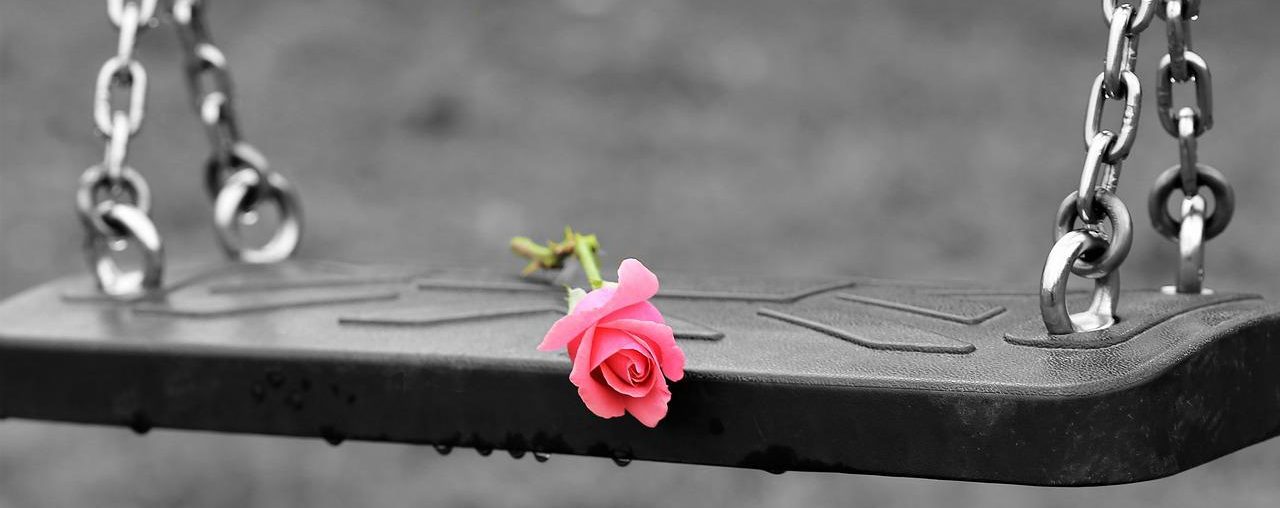Suicide

When someone says they are thinking about suicide or says things that sound as if they are considering suicide, it can be very upsetting. You may not be sure what to do to help, whether you should take talk of suicide seriously, or if your intervention might make the situation worse. Taking action is always the best choice.
Conversations about suicide
What should you do? Start by asking questions to find out whether they are in danger of acting on their suicidal feelings. Asking someone about suicidal thoughts or feelings will not push them into doing something self-destructive. Giving them the opportunity to talk about their feelings might actually reduce the chances of them acting on those feelings. These questions, which are taken from Crisis Services Canada, could include:
- How are you coping with what’s been happening in your life?
- Do you ever feel like just giving up?
- Are you thinking about dying?
- Are you thinking about hurting yourself?
- Are you thinking about suicide?
- Have you ever thought about suicide before, or tried to harm yourself before?
- Have you thought about how or when you’d do it?
- Do you have access to weapons or things that can be used as weapons to harm yourself?
Watch the following short video (3 minutes) on how to have (or not to have) conversations with someone about suicide.
Warning signs
Some of the common warning signs that a person is considering suicide are:
- Talking about suicide — for example, making statements such as “I wish I were dead”
- Withdrawing from social contact and wanting to be left alone
- Having mood swings, such as being emotionally high one day and deeply discouraged the next
- Being preoccupied with death, dying, or violence
- Feeling trapped or hopeless about a situation
- Increasing use of alcohol or drugs
- Changing normal routine, including eating or sleeping patterns
- Doing risky or self-destructive things
- Giving away belongings or getting affairs in order when there is no other logical explanation for doing this
- Saying goodbye to people as if they won’t be seen again
- Developing personality changes or being severely anxious or agitated, particularly when experiencing some of the warning signs listed above.
As a peer visitor who only sees this person once or twice, you may not see many of these common warning signs. Family members and friends may be more aware of them.
If there is immediate danger
If someone has attempted suicide or you think that they are in immediate danger of doing so:
- Don’t leave the person alone.
- Call 911 or your local emergency number right away.
- Try to find out if he or she is under the influence of alcohol or drugs or may have taken an overdose.
- Tell a family member or friend right away what’s going on.
It is very important that you do not try to handle the situation on your own. One of the resources that you can make the person aware of, if the danger is not as immediate is: the Canada Suicide Prevention Service (Hours: 24/7/365. Languages: English, French) at 833-456-4566.
Check Your Understanding
This is a self-assessment to check your understanding of the concepts presented in this section. Be sure to click the blue arrow button in the bottom right corner of the activity window below to navigate through all 3 questions. You can attempt the activity multiple times.

